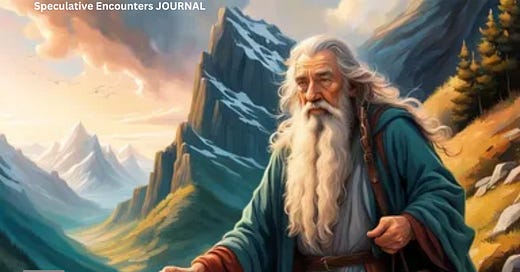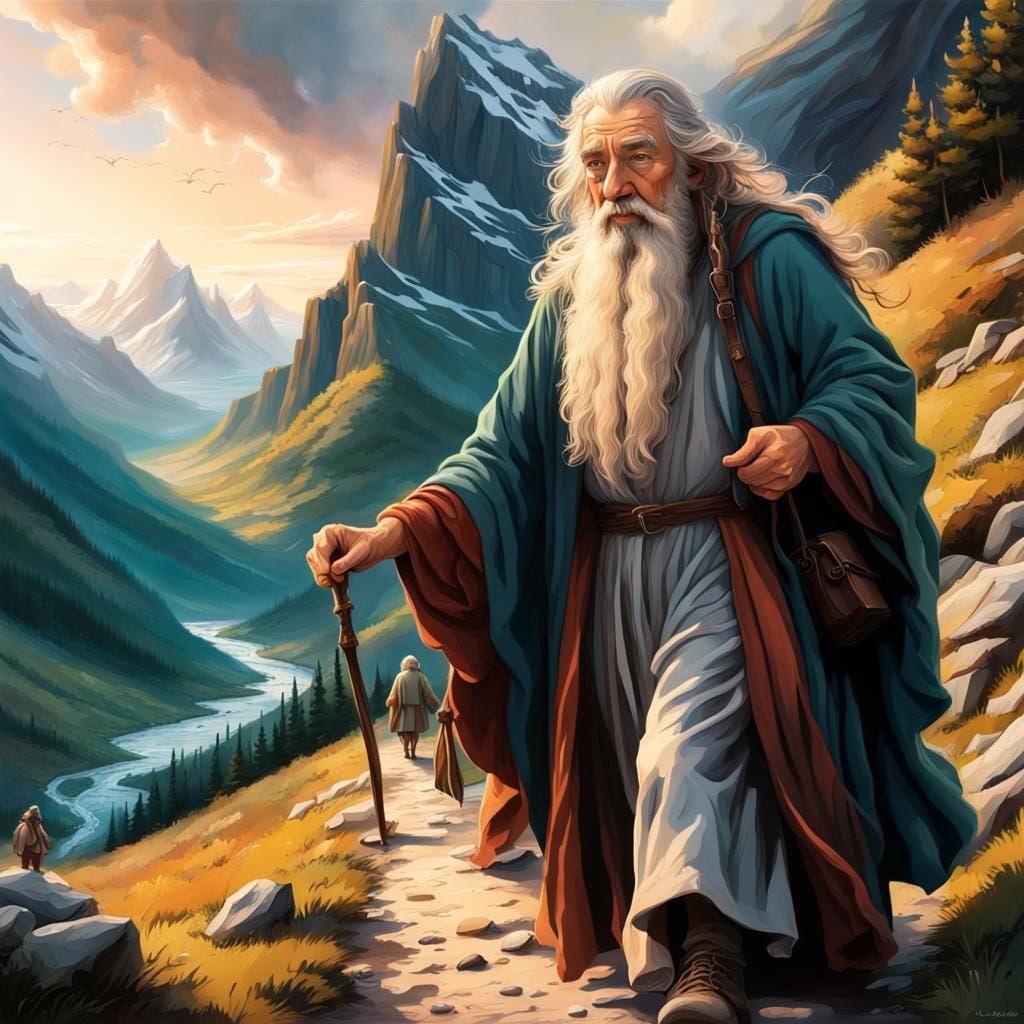Character Archetypes
Archetypes are blueprints for creating characters in storytelling. They are like building blocks that writers use to give depth and familiarity to their characters.
Character Archetypes: Common Character Motifs
Character archetypes are like blueprints for creating characters in stories, movies, or any form of storytelling. They are like building blocks or templates that writers often use to give depth and familiarity to their characters. Think of them as recurring patterns or personality traits that appear across different narratives, making characters relatable and recognizable to audiences.
The Hero: The hero archetype is the main character, often on a quest or a journey, facing challenges and overcoming obstacles. They possess noble qualities like bravery, resilience, and a sense of justice. A classic example is Harry Potter from J.K. Rowling's series. He battles evil forces while navigating the challenges of growing up.
The Mentor: This archetype guides and supports the hero. They offer wisdom, advice, and sometimes magical tools or knowledge to aid the hero on their journey. A well-known mentor is Gandalf from J.R.R. Tolkien's "The Lord of the Rings." He guides and advises Frodo, providing wisdom and guidance throughout his quest.
The Villain: The villain is the antagonist, the character opposing the hero. They often represent evil, chaos, or the darker aspects of humanity. Darth Vader from "Star Wars" is an iconic villain, displaying power and malevolence as he challenges the hero, Luke Skywalker.
The Sidekick: The sidekick is the hero's loyal companion, offering support, humor, or a different perspective. Ron Weasley from the Harry Potter series serves as Harry's loyal and humorous sidekick, always standing by his friend's side.
The Trickster: This character brings unpredictability and mischief to the story. They challenge conventions and may not follow the rules. Loki from Norse mythology and Marvel comics is a classic trickster, causing chaos and disruption wherever he goes.
The Damsel in Distress: This archetype represents a character, often female, who needs rescuing or protection. However, modern storytelling has evolved this archetype to create empowered female characters who can be both strong and vulnerable. Princess Leia from "Star Wars" initially appears as a damsel in distress but later reveals herself as a fierce and capable leader.
The Innocent: This archetype embodies purity, goodness, and naivety. They often see the world through a lens of innocence and hope. An example is Forrest Gump from the movie of the same name. He navigates life's challenges with pure intentions and unwavering kindness.
The Antihero: This character lacks conventional heroic qualities but possesses redeeming qualities despite their flaws. Deadpool from Marvel comics is an antihero. He has a crude sense of humor and is morally ambiguous, but ultimately, he fights for what he believes is right.
Remember, these archetypes aren't rigid molds but rather starting points for character development. Writers often blend archetypes or add unique twists to create complex and compelling characters.
< The articles that follow explore these archetypes. >
Keep reading with a 7-day free trial
Subscribe to StoryAngles to keep reading this post and get 7 days of free access to the full post archives.





